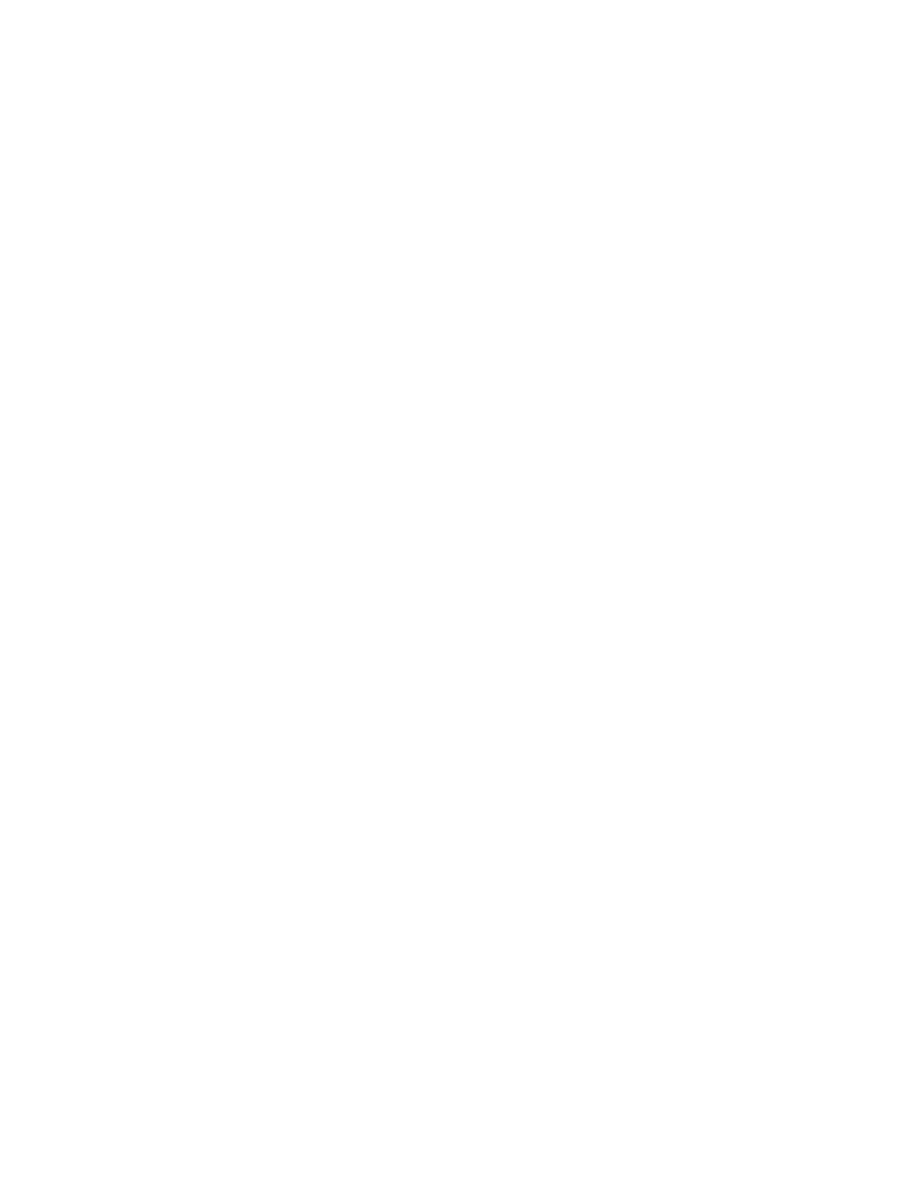L300 V6-3.0L VIN R (2001)

Repairs and Inspections Required After a Collision: Service and Repair
Seat Belt System
Seat Belt System Repairs and Inspections Required After A Collision
REPAIRS AND INSPECTIONS REQUIRED AFTER A COLLISION
CAUTION: Restraint systems can be damaged in a collision. To help avoid injury and ensure that all parts in need of replacement are
replaced:
- Replace any seat belt system that was in use during the collision serious enough to deploy any automatic restraint device such as air bags and seat
belt pretensioners. This not only includes seat belt systems in use by people of adult size, but seat belt systems used to secure child restraints,
infant carriers and booster seats, including LATCH system and top tether anchorages.
- Replace any seat belt system that has torn, worn, or damaged components. This not only includes adult seat belt systems, but built-in child
restraints and LATCH system components, if any.
- Replace any seat belt system if you observe the words "REPLACE" or "CAUTION", or if a yellow tag is visible. Do not replace a seat belt if only
the child seat caution label is visible.
- Replace any seat belt system if you are doubtful about its condition. This not only includes adult seat belt systems, but built-in child restraints,
LATCH system components, and any restraint system used to secure infant carriers, child restraints, and booster seats.
CAUTION: Do NOT replace single seat belt system components in vehicles that have been in a collision as described above. Always replace
the entire seat belt system with the buckle, guide and retractor assembly, which includes the latch and webbing material.
After a minor collision where no automatic restraint device was deployed, seat belt system replacement may not be necessary, unless some of the parts
are torn, worn, or damaged.
Checking the Seat Belt After an Accident On-Vehicle Service
CHECKING THE SEAT BELT AFTER AN ACCIDENT
ON-VEHICLE SERVICE
CAUTION: THE FOLLOWING PRECAUTIONS MUST BE OBSERVED TO AVOID DAMAGE TO THE SEAT BELT SYSTEM. IF
THESE PRECAUTIONS ARE NOT TAKEN, THE SEAT BELT SYSTEM MAY NOT PROVIDE PROPER RESTRAINT IN THE
UNLIKELY EVENT OF AN ACCIDENT AND MAY RESULT IN PERSONAL INJURY.
-
KEEP ANY SHARP AND POTENTIALLY DAMAGING OBJECTS AWAY FROM THE BELTS.
-
AVOID BENDING OR DAMAGING ANY PORTION OF THE BUCKLE.
-
DO NOT BLEACH OR DYE BELT WEBBING (USE ONLY MILD SOAP AND WATER).
-
WHEN INSTALLING SEAT BELT ANCHOR BOLTS, START BOLTS BY HAND TO PREVENT CROSS-THREADING.
-
DO NOT ATTEMPT ANY REPAIRS ON RETRACTOR MECHANISMS OR COVERS. REPLACE DEFECTIVE ASSEMBLIES
WITH NEW ONES.
-
REPLACE ANY BELTS THAT ARE CUT OR DAMAGED IN ANY WAY.
-
DO NOT INSTALL ANYTHING IN TRIM PANEL, OR BETWEEN THE TRIM AND THE HEIGHT ADJUSTER AND/OR TURNING
LOOP THAT WILL OBSTRUCT THE MOVEMENT OF THE SEAT BELT.
Front and Rear Seat Belt Retractors
FRONT AND REAR SEAT BELT RETRACTORS
Front and rear shoulder belt retractors will lock if the vehicle exceeds 150 angle, exceed 0.60 g of deceleration force, or the webbing is pulled out of the
retractor rapidly. Both front and rear retractors will lock under hard cornering or while descending a winding downhill grade. The retractor may also lock
while braking to stop at a downhill intersection. All retractors will unlock when 25.4 mm (1 in.) of the belt is fed back into the retractor.
Safety Belt Operational Checks
SAFETY BELT OPERATIONAL CHECKS
FRONT AND REAR RESTRAINTS
The Saturn front seats and rear outboard seats have lap/shoulder belt assemblies with belt retractors. The rear seat latch plate should move up and down
easily on the belt. An audible click should be heard when the front or rear latch plate is inserted into the buckle. Check attachment of the latch plate to
buckle by grasping the belt and pulling firmly. The belt should disconnect easily when the button on the buckle is pushed in.
